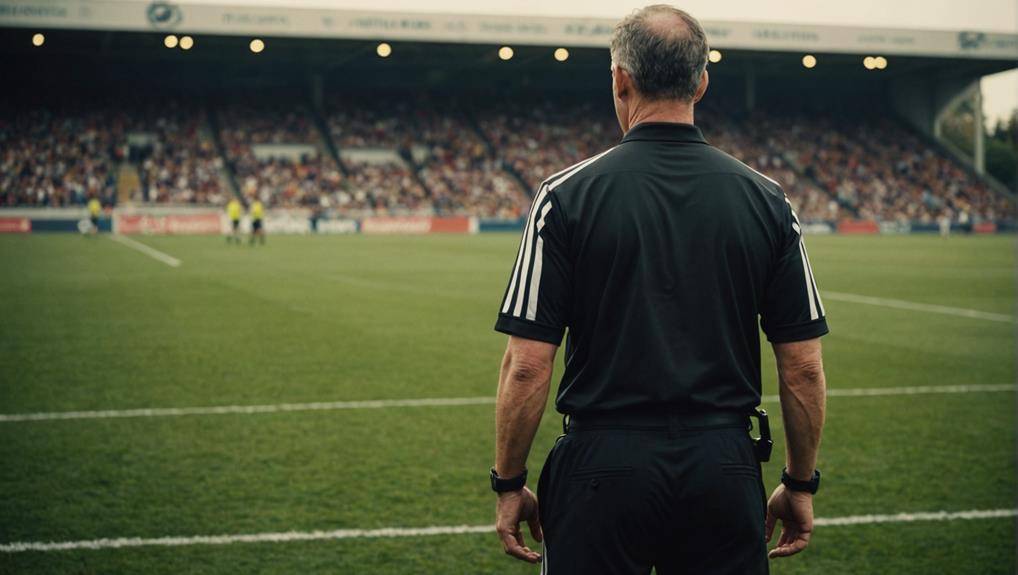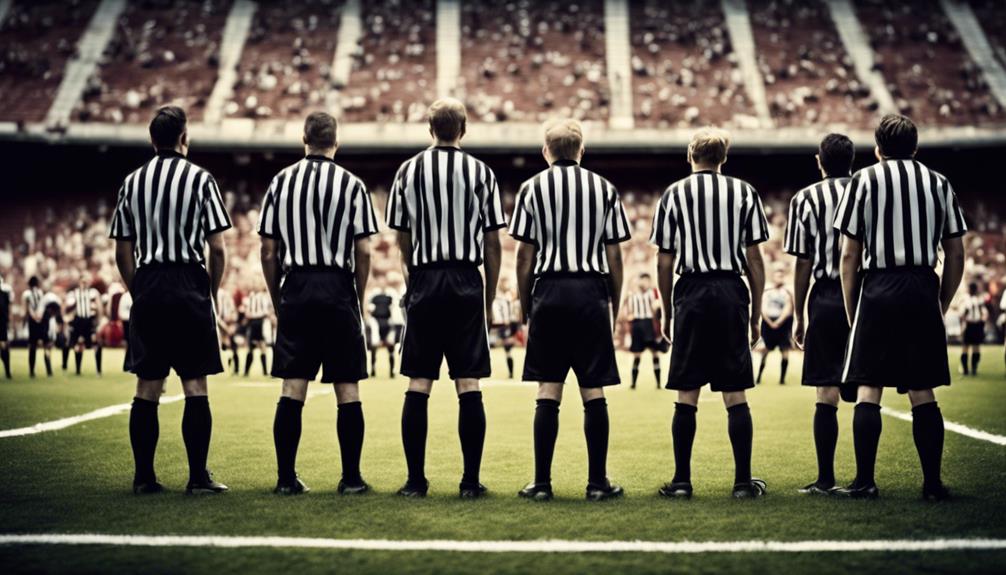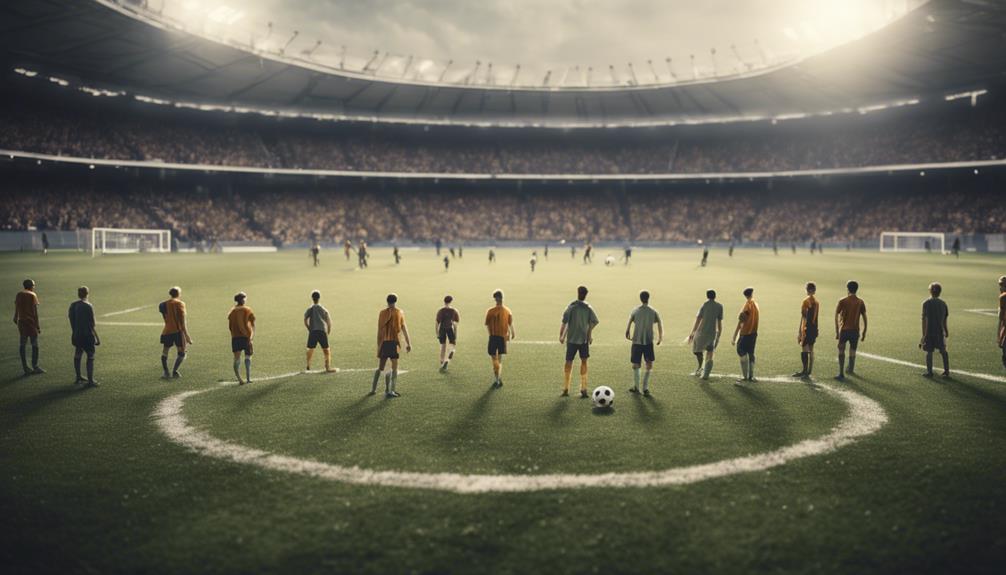
Kickoff Rules in Soccer: Everything You Need to Know
August 10, 2024In soccer, kickoff is the pivotal start of the game where the ball must be stationary at the center mark, with only one player allowed to kick it. Players except the kicker must stay in their own half, and opponents outside the center circle. Kickoff awards decide game flow, strategical advantages, and are taken at the field's center. Proper kickoff procedures involve a referee whistle, stationary ball, and potential passes or plays down the field. Various kickoff strategies such as passing back, playing sideways, or overloading one side can impact early game momentum. Ensuring rule compliance keeps the game fair and competitive.
Soccer Kickoff Basics
Understanding the basics of soccer kickoffs is vital for players and fans alike. A soccer kickoff marks the start of the game at the beginning of each half and restarts play after a goal is scored.
During a kickoff, the ball must be stationary at the center mark, and only one player is allowed to kick it. It's essential that all players, except the kicker, remain in their own half when the kickoff takes place. Opposing players are required to stay outside the center circle until the ball is in play.
The referee plays a significant role in kickoffs as they signal the start of the game with a whistle once the ball is kicked. By following these rules and understanding the intricacies of kickoff procedures, players and fans can engage more deeply with the game from the very first moments of play.
Understanding Kickoff Awards
Kickoff awards in soccer are pivotal moments that determine the flow of the game and offer strategic advantages to teams. These kickoffs are awarded at the beginning of each half, after a goal is scored, or at the start of any extra time periods. The team to take the kickoff is decided either by a coin toss or by the opposing team conceding a goal. It's important to note that kickoffs must always be taken from the center of the field, following the specific rules outlined in the Laws of the Game.
In the event of minor procedural offenses during a kickoff, the team may have to retake the kickoff. However, more serious infractions can result in the opponent gaining possession instead. Understanding the nuances of kickoff awards can give teams a competitive edge and potentially influence the outcome of the match.
Soccer Kickoff Procedures

To perform soccer kickoff procedures correctly, make certain that the ball is positioned stationary at the center spot. Only one player is assigned to take the kickoff, and this player has the freedom to kick the ball in any direction to start play.
Opposing players must stay outside the center circle until the ball is in play. The referee plays a vital role in this process, as they indicate the start of the game with a whistle to initiate the kickoff.
Once the whistle blows, the player taking the kickoff can pass the ball to a teammate or make a play down the field. It's important to follow these procedures precisely to guarantee a fair start to the game.
Types of Kickoff Strategies
Implementing various kickoff strategies can enhance your team's ability to gain an advantage at the start of a soccer match. One effective strategy is passing back to defenders, which allows your team to maintain possession and build from the back.
Another tactic is playing sideways during the kickoff, enabling you to initiate an attack and shift play into the opposition's half quickly.
Opting for a long pass to one side of the field can create an opportunity for an early shot, testing the goalkeeper right from the start.
Organizing multiple players on one side of the field after the kickoff can help overload the opposition, leading to scoring chances.
It's vital to guarantee defensive cover during the kickoff to prevent a quick counterattack from the opposing team.
Ensuring Kickoff Rule Compliance

Remember to ensure compliance with kickoff rules by following specific guidelines to avoid penalties and maximize your team's advantage at the start of a match.
During the initial kickoff, make sure that all players, except the kicker, are positioned in their own half. It's essential to keep opponents at least 9.15 meters away until the ball is in play.
The ball must be stationary on the center mark before the referee signals the start of play to adhere to kickoff regulations. Be mindful that a goal can be directly scored from a kickoff, highlighting the importance of proper execution.
Watch out for kickoff infringements like the kicker touching the ball twice, which could lead to an indirect free kick for the opposing team. Remember that weather conditions can impact the kickoff process, so adapt your strategy accordingly.
If a goal has been scored or at the start of the second half, catching opponents off-guard during the kickoff can provide your team with a strategic advantage. Be prepared, as the referee can award a retake if rules aren't followed precisely.
Conclusion
Now that you know the ins and outs of kickoff rules in soccer, you're ready to hit the field with confidence.
By understanding the basics, awards, procedures, strategies, and ensuring compliance, you'll be able to make the most of every kickoff opportunity.
So lace up your boots, grab your ball, and get ready to dominate the game from the very first whistle.
Kick off your soccer skills to the next level!


